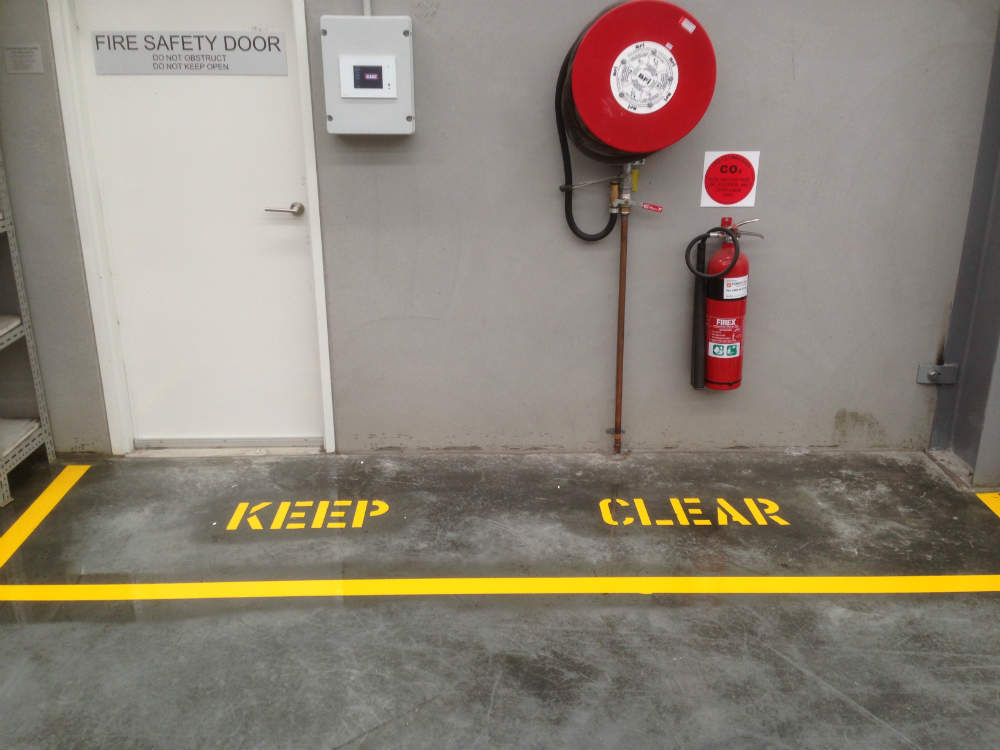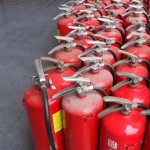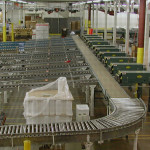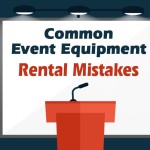Given the concentration of potential risks and hazards in warehouses, it is important to adopt and correctly follow Health & Safety regulations and recommended procedures. Achieving this necessary aim will usually involve devoting time and resources. There are no short cuts – particularly as employee safety, well-being and output or productivity are at stake. The primary aim is to reduce the risk of injury and sickness absence, and secondarily to avoid damage to equipment.
To achieve these objectives, you may wish to consider some of these suggestions:
General safety equipment and principles
Correct safety equipment is essential. Use safety helmets where there is any risk of being injured due to falling objects. In the warehouse where objects are stored at height, such head protection is strongly recommended. Employees should be given general health and safety training and be made aware of any weight limits for manual handling. Use eye protection such as goggles if necessary. Emergency exits should be signposted. All fire detection equipment and sprinklers should be checked regularly and serviced at the recommended intervals.
Eliminate hazards or label hazardous zones. Be aware that wet floors are slippery and can cause falls. Display warning signs and preferably cordon off the area until the floor has dried. Avoid electrical flex and cables without protection, as these are a trip hazard. Have irregularities in floor surfaces, tiling or carpets repaired.
If it is not possible to eliminate the hazard, label it. Signs with black and white stripes on the edge are recommended as an eye-catching notice.
Safe lifting technique
When moving an object, check that there is sufficient space at the intended destination. When lifting, adopt the correct posture with a straight spine, to avoid back injuries. For weights in excess of the recommended maximum, request forklift assistance – with a recommended operator who has the correct training and authorisation.
If you are moving heavy objects, tell people. Have someone accompany the load and do not forget to warn people (“Coming through…” “Mind your backs” etc.) so that co-workers in the vicinity are aware.
Forklifts
Proper training is vital. Forklift drivers should have initial and regular refresher courses including an awareness of the potential risks, the importance of not taking short cuts and an assessment element.
Forklifts themselves should be checked, maintained and serviced regularly.
Avoid distractions when operating a forklift; do not talk to passengers and do not drink, eat or smoke. Mobile phones, earplugs or headsets and any sort of digital music player are to be avoided.
Visibility is important; the forklift should be painted a different colour to the surroundings or have reflective detail. When loaded, move at low speed – not fast (think – MOMENTUM). Operating and moving at a lower speed minimises this risk factor.
Employee visibility is a consideration where numerous forklifts operate. Consider bright or reflective jackets or vests for staff. In busy warehouse aisles or junctions, a traffic light system may be prudent to ensure safety.
When using pallets (as is common with fork lifts), remember the maximum permitted weight per pallet and do not exceed it. When stacking pallets vertically, respect the stipulated height limit to ensure stability.
Access equipment
If using an access platform to reach a storage area, the equipment should have had a safety check and a record of its periodic inspection and any maintenance, as required by LOLER (Lifting Operations and Lifting Equipment Regulations). If the platform is a powered one, special training courses are recommended, such as those to IPAF (the International Powered Access Federation) safety standards and best practises.
As an ex-OHS officer, Erin Warbrook is well aware how much safety training can be needed in a warehouse situation. She spoke to United Forklifts and Access Equipment for advice on the top tips.















